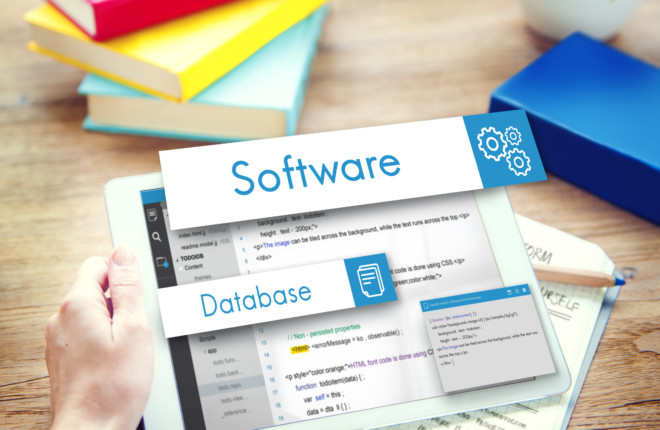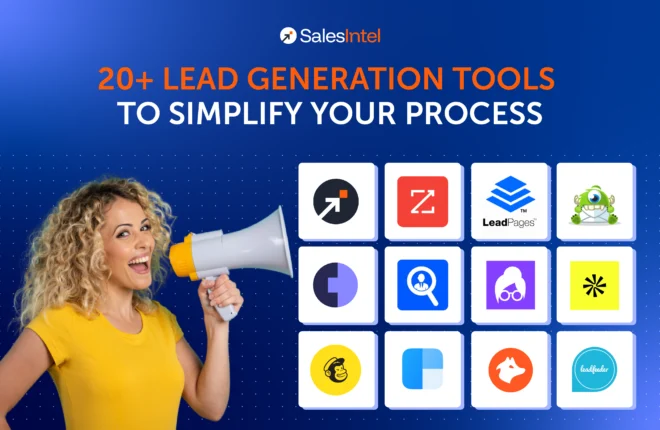The growing trend of employing data-driven go-to-market strategies for improved ROI has skyrocketed data usage in the B2B world. Around 64% of marketing leaders say that data-driven strategies are vital in today’s economy. Whether it’s your cold outreach or account-based marketing campaign, B2B data is key to achieving sales and marketing success.
Sales and marketing teams are demanding more B2B data to:
- Generate qualified leads
- Predict who will buy and when
- Nurture prospects
- Know when to upsell
- Identify best engagement channels
Having a complete and accurate sales and marketing database is essential to reach your B2B goals and maximize your sales and marketing ROI. Your database allows you to make the best of your go-to-market plan by giving profound insights into each prospect or customer. It not only helps you identify high-value prospects and which solutions you should pitch them, but it’s also a great resource to turn them into paying customers.
Benefits of a Sales and Marketing Database
Approximately 76% of marketers make decisions based on data analytics. Data is among the most popular sales tools used today. Here are three key benefits of building a sales and marketing database.
1. Create a personalized brand experience with database marketing
With a strong sales and marketing database, it becomes easier to perform marketing to better target and engage prospects or customers. Database marketing helps you create highly personalized and relevant messages that resonate well with your target audience. You can also use database marketing to improve customer service and provide a great brand experience to your intended audience.
2. Intercept prospects early in their buyer’s journey with intent data
Intent data is one of the most crucial elements of a sales and marketing database. It allows you to catch buying intent signals of prospects early so you can win their business before your competitor does. Statistics show that it helps with 2-4X sales pipeline expansion and 100-300% marketing budget ROI.
Furthermore, intent data helps you know the specific needs and pain points of prospects. This enables you to reach prospects earlier, personalize relationships with them, and customize your sales and marketing efforts.
3. Create detailed ICP, buyer personas, and target audience segments
A sales and marketing database plays a critical role in building ideal customer profiles and buyer personas as well as segmenting prospects and customers. With an ICP, you can identify and prioritize prospects that can become your best customers. A buyer persona helps you gain a deeper understanding of your target audience. Prospect or customer segmentation allows you to create effective go-to-market strategies.
Purchasing Contact Lists and Paying per Contact
B2B companies that only want to target audiences in niche market segments or kickstart their sales and marketing campaigns with a handful of ideal contacts generally buy one-off lists or pay per contact. Sure, you may be working with a small sales and marketing budget, but using unverified, unreliable one-off lists and contacts is a high risk. The reasons being:
- The data may be illegitimate and require validation
- The data lacks scale and depth to generate quality leads
- The data accuracy may not meet industry standards
Make sure you thoroughly investigate the reputation and data quality of the company you’re purchasing one-off lists and contacts from. Reading online reviews, taking a service trial, testing data samples, and researching their data collection methods are a few of the several checkboxes you need to tick before buying from one-off lists and contact providers.
There are better and faster ways of building a robust and accurate sales and marketing database. Let’s look at the best ones.
Top 3 Ways to Build a Sales and Marketing Database
About 87% of marketers agree that data is an underutilized asset. Apart from using B2B data, it’s important to use the right data to ensure your sales and marketing efforts aren’t in vain. Here are the three best methods to build a sales and marketing database.
1. Partner with a company providing complete B2B data
Building a sales and marketing database, the lifeblood of your B2B company, isn’t child’s play. It requires data accuracy, quality, volume, and verification and needs to be all-encompassing. Your sales and marketing database should have more than just contact data such as phone numbers, email addresses, and other contact information. Look for a complete B2B contact and company data solution that covers all the sales and marketing data points you need.
Partnering with a reliable B2B data provider like SalesIntel will enable you to build a highly comprehensive, up-to-date, and accurate sales and marketing database. SalesIntel already has over 5 million human-verified contacts and recently added 350,000 net new InfoSec contacts to its vast B2B database. Additionally, it has the most direct dials in the industry.
When you partner with a B2B data company, you also get company data intelligence complete with firmographics, technographics, intent data, and account data. If you want to know how these data types add value to your sales and marketing database, read this guide on using the right B2B data to boost sales and marketing effectiveness.
2. Build a sales and marketing database all by yourself
While manually building a sales and marketing database does save on cost, it’s more applicable to B2B startups, small companies, and those with minimal financial funds. This approach can also be adopted by companies operating in markets that have data publicly available – for example, the government sector. Furthermore, you need to have access to a high volume of data to build a sales and marketing database by yourself.
Before you start manually building a sales and marketing database, know that it’ll take up a significant amount of time and resources. Besides data collection, you’ll need to take care of data hygiene and maintenance because approximately 60-70% of data decays every year. Be extra careful to avoid bad data entering your database as you’d be heavily relying on the internet and manual entry to collect data. Bad CRM data is a silent revenue killer.
3. Create high-engagement content and use optimized web forms
Another cost-efficient way to build a sales and marketing database is using a strong content marketing strategy. Produce highly informative and engaging content that relates to your target audience. Webinars, podcasts, ebooks, blogs, whitepapers, and guides can be used to address the needs of your target audience, highlight your products, and increase brand trust.
Once you know how to create content that keeps your target audience interested and start getting enough web traffic, you should employ high-conversion web forms to collect contact information. Your target audience will happily fill out a web form to continue consuming your high-engagement, value-added content.
A more ambitious move would be to ask your target audience to pay for your high-quality content. It will not only allow you to collect contact and other B2B data, but it will also open up a new revenue-generating channel.
Encourage your target audience to subscribe to your free newsletters to notify them every time you publish new content. This is another way of expanding your sales and marketing database.
Podcasts and webinars are easy ways to collect sales and marketing data through sign-up and registration forms and post-event follow-ups. Further, create interesting contests, surveys, or questionnaires and promote them on social media or your website to gather more B2B data.
The Wrap
Make sure to write down the main objectives of using a sales and marketing database before building one. These objectives influence the structure of your database, the building process, and the type of B2B data you’ll need to add.
Consider whether you’re going to use your sales and marketing database to increase your footprint in an existing market or test the waters before entering a new one. Check the size of your target market to decide how vast your sales and marketing database should be. Lastly, analyze your B2B data strategy, the purpose of your sales and marketing database, and which of your teams will use your database and how.
If you need further expert advice on building a sales and marketing database, connect with SalesIntel. Get a free trial to learn how SalesIntel is the solution for all your sales and marketing data needs.





